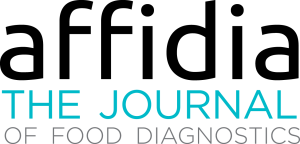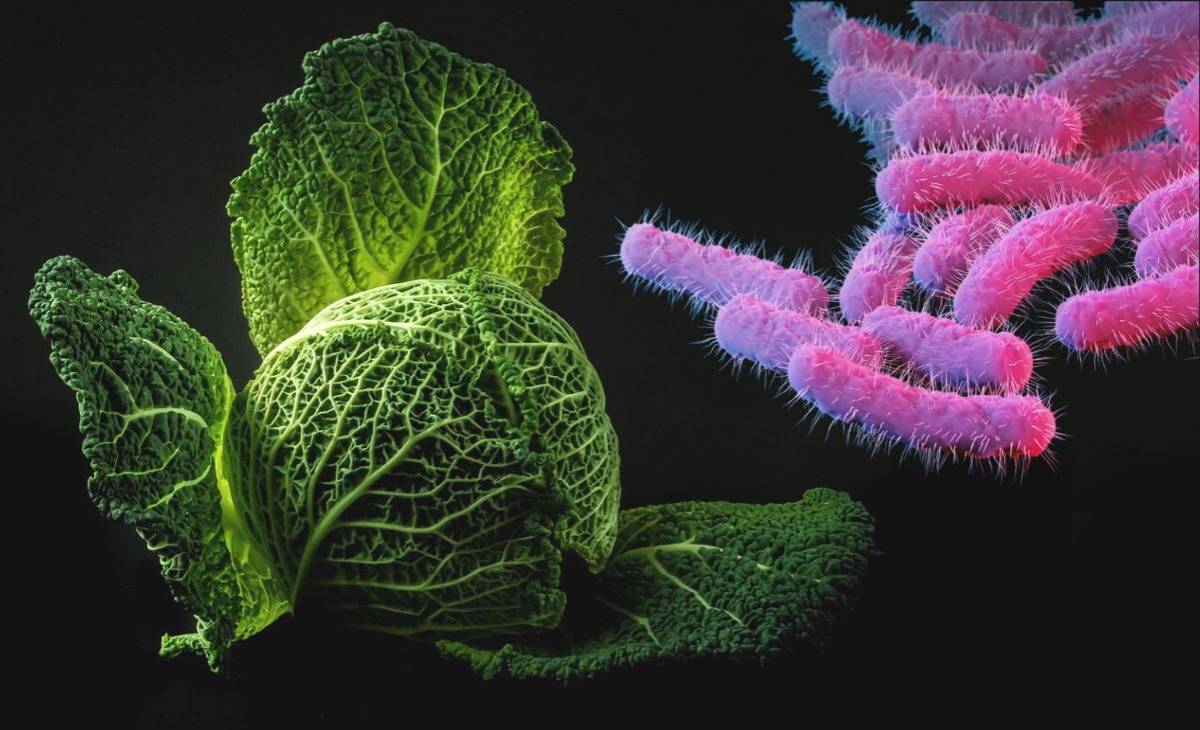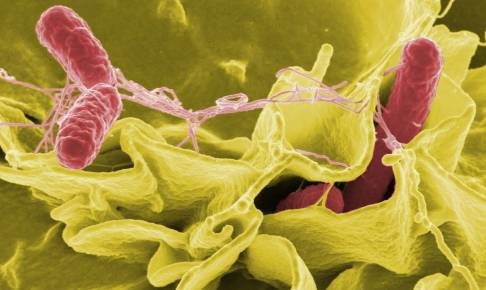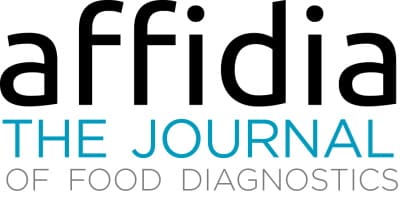Foodborne illness in the US: new report reveals key sources
The Interagency Food Safety Analytics Collaboration (IFSAC), established in 2011 as a collaboration between the US Food and Drug Administration (FDA), the Centers for Disease Control and Prevention (CDC), and the USDA Food Safety and Inspection Service (FSIS), has released its annual report for 2021 on the sources of foodborne illness in the United States.
The report highlights the alarming statistics surrounding foodborne illnesses in the US, as each year, an estimated 9 million Americans fall ill, with 56 000 hospitalizations and 1 300 fatalities attributed to known pathogens.
To address this public health crisis, IFSAC focuses on Salmonella, E. coli O157, L. monocytogenes, and Campylobacter as priority pathogens due to the severity and frequency of the illnesses they cause. The report emphasizes that targeted interventions can have a significant impact on mitigating the spread of these pathogens.
The analysis reveals a complex landscape of foodborne illness attribution.
For Salmonella, the report identifies seven food categories as sources of outbreaks, including chicken, fruits, pork, seeded vegetables (such as tomatoes), other produce (such as nuts), beef, and turkey. The distribution of Salmonella outbreaks across these categories highlights the intricate journey of the pathogen through the food supply chain.
In contrast, E. coli O157 shows a more focused association, with over 80% of illnesses linked to vegetable row crops (such as leafy greens) and beef. Vegetable row crops emerge as a significant contributor, surpassing all other categories, while eggs and oils-sugars remain unaffected by E. coli O157.
L. monocytogenes, known for its severe impact, is found to be associated with dairy, vegetable row crops, and fruits. However, the report acknowledges the wide credibility intervals for these categories due to the relatively small number of outbreaks. Encouragingly, certain categories such as other meat/poultry, game, other seafood, grains-beans, oils-sugars, and seeded vegetables show no evidence of being sources of L. monocytogenes outbreaks.
The 2021 report serves as a crucial guide for policymakers, regulatory bodies, and the food industry, providing valuable data to strengthen the nation's food safety defenses. By understanding the sources of foodborne illnesses, stakeholders can prioritize interventions and assess the effectiveness of prevention measures.
Source:






















